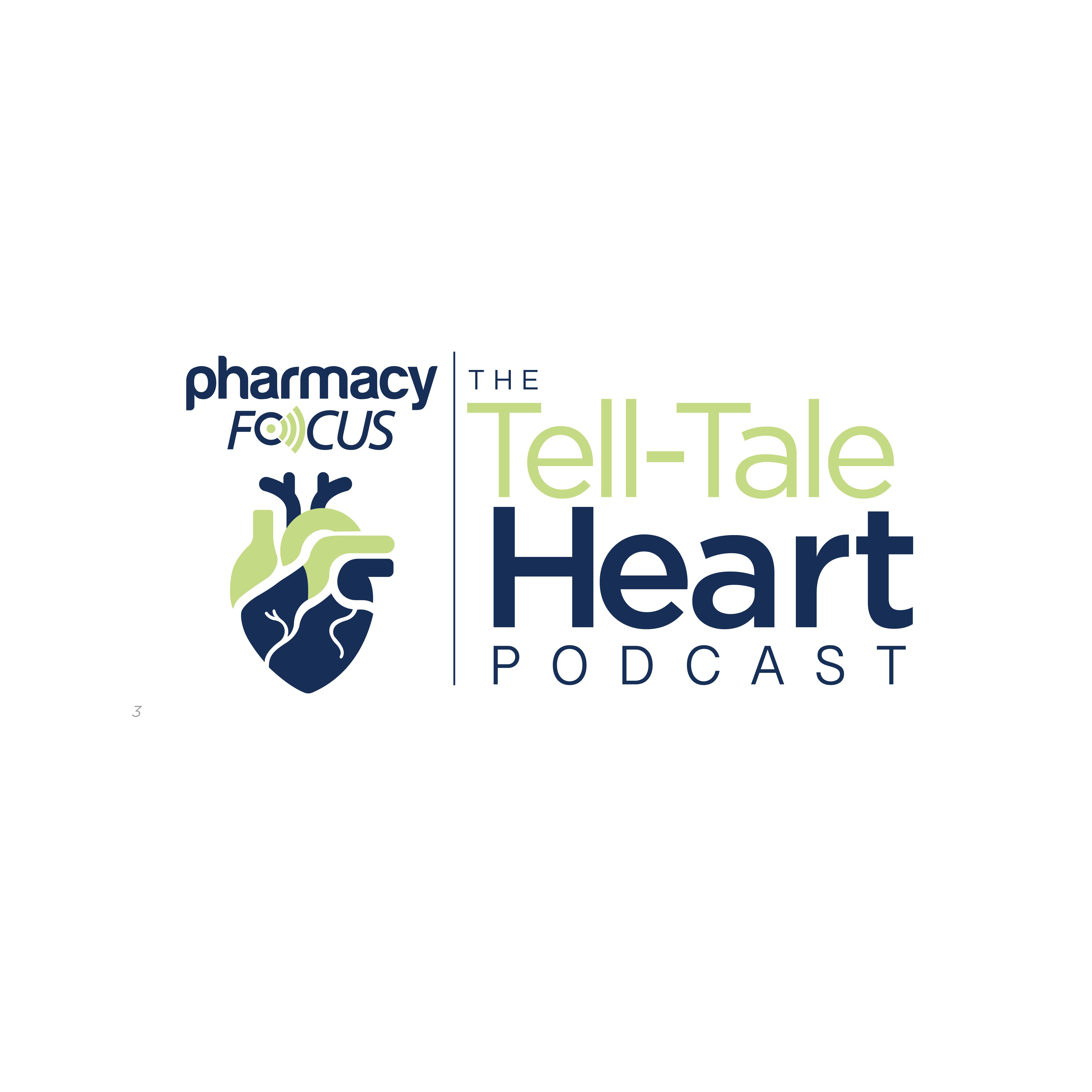News
Article
Current Trends, Treatment Strategies for C diff Infection
Author(s):
Paul Feuerstadt, MD, FACG, AGAF, discusses insights in current treatment practices for CDI at the Peggy Lillis Foundation’s 2023 State of C diff Virtual Town Hall.
The CDC issued a threat level of urgent for Clostridioides difficile (C diff) infection (CDI) in 2013 and in 2019, exemplifying the significance of the impact of this disease on health care systems, explained Paul Feuerstadt, MD, FACG, AGAF, assistant clinical professor of medicine at the Yale University School of Medicine and PACT-Gastroenterology Center in Hamden, Connecticut, during the 2023 State of C diff Virtual Town Hall hosted by the Peggy Lillis Foundation.
To better understand the epidemiology of the disease and better address CDI incidence, the CDC launched an emerging infection program (EIP) for C diff that looked at 10 counties in the United States that were representative of trends for the disease across the country. The EIP tracked data pertaining to C diff in those 10 counties during 2011 and 2017, and then compared CDI incidence based on different factors, such as health care–associated infection (HAI) vs community–associated infection (CAI). According to Feuerstadt, the difference between these 2 factors is that HAIs have an onset more than 72 hours after admission to a hospital or within 90 days of discharge from a hospital, while CAIs would not be associated with a hospital or health care system visit.
“In 2011, 476,400 people were estimated to be diagnosed with C diff within that calendar year; in 2017, we should actually be patting ourselves on the back [because] the estimated number went down to 365,200,” Feuerstadt said during the town hall. “So, what was really behind that decrease in incidence?”
Feuerstadt explained further that in 2011, there was a much higher incidence of HAIs than in 2017. In fact, the proportion of HAIs in 2011 was about two-thirds of the total CDI incidence, whereas in 2017, it was about 50%. According to Feuerstadt, this improvement in HAIs was due to better infection control, better antimicrobial stewardship, and more aggressive therapeutics.
“So, we can impact the epidemiology of [CDI]. But C diff is still a major player in the health care setting,” Feuerstadt said. “In fact, it is the biggest and most frequently occurring of all of the [HAIs] accounting for about 15.5% of all [HAIs].”
In another study, the CDC looked at the incidence of all HAIs in 2011 compared with 2015. During that time, incidence went from 4.0% to 3.2%, but the most common types of infections essentially remained the same. These common types include pneumonias, surgical site infections, gastrointestinal (GI) infections, urinary tract infections, and primary bloodstream infections. However, although there were significant decreases associated with infection types such as surgical site infections and urinary tract infections, the proportion of infections associated with GI sources increased.
“Despite the overall decrease in infections, [GI infections] increased from 17.1 to 21.3%. Of that 21.3%, 72.5% was C diff,” Feuerstadt said. “C diff is the most common [HAI]. It’s more common than MRSA and more common than [vancomycin-resistant enterococci (VRE)], but if you ask the lay person on the street, if they haven't had a family member or friend who's had C diff, they wouldn't know C diff, but they will know MRSA or VRE.”
Additionally, Feuerstadt noted that the risk factors for C diff in an adult population are generally related to demographics, medication exposure, and environment. From a demographic standpoint, risk factors include age over 65 years, female gender, chronic kidney disease, HIV, inflammatory bowel disease, diabetes, and any form of being immunocompromised. For medication exposures, anti-microbials are a key player.
“But as a gastroenterologist dealing with an adult population, it feels like proton pump inhibitors flow in the water,” Feuerstadt said. “Acid suppressive medications are absolutely associated with an increased incidence of C diff initial infection, as well as recurrence of C diff in the future.”
Feuerstadt noted that there may be a couple of mechanisms causing this increased risk of CDI from anti-microbials. When humans swallow things, acid sterilizes what is being swallowed. However, C diff is able to bypass the gastric acid sterilization process.
“Many of us thought it was the decreased acid making C diff get through,” Feuerstadt said. “But what we learned more recently is that the acid suppressive medications actually impact the microbiome, which are the microorganisms that live within our gut that help give C diff a knockout punch or help resist it taking up residence within our gut.”
Further, the environment where people spend significant amounts of time can also affect their incidence of CDI. For individuals who spend significant amounts of time in a hospital or skilled nursing facilities, the risk of C diff increases because these individuals are surrounded by others who also have CDI risk factors, as well as individuals who may have potentially active CDI.
Feuerstadt noted that one reason why incidence of C diff may be higher in health care settings may be because there are no toilet lids in hospitals. Feuerstadt explained that a study in England looked at the aerosolization of particles after individuals move their bowels and then flushed the toilet. The results showed that the aerosolization of particles after flushing a bowel movement was quite high.
“Yes, the yuck factor goes through the roof. However, there was one intervention that was done to prevent spread, which was the toilet lid down. That works in our homes. But in hospitals, there are no toilet lids. So, we can see that aerosolization can potentially impact spread of infection,” Feuerstadt said. “I also want you to think about your house in your home bathroom. Now, I want you to think about where your toilet is, relative to perhaps your toothbrush, something that you might want to fix just in your own home.”
Additionally, Feuerstadt explained that another potential location for CDI may be in hospital sheets.
“Those white sheets that they lay out on the beds look immaculate, but what are they cleaned with? They're cleaned with sodium hypochlorite and/or acetic acid, which is bleach. How effective is bleach at killing C diff? Actually, only about 50% effective,” Feuerstadt said. “So, another way that C diff can spread in the health care setting is through sheets.”
Feuerstadt noted that it's also important to understand how the CDI process occurs, as this can make it possible to better target the disease and improve outcomes. C diff—which is a gram-positive, spore-forming anaerobic rod—has 2 phases: the vegetative phase and the spore phase. The vegetative phase releases toxins, and this phase can be effectively impacted by alcohol-based hand sanitizers or gastric acid. However, the spore phase is much more resistant to these prevention methods.
C diff—which is a gram-positive, spore-forming anaerobic rod—has 2 phases: the vegetative phase and the spore phase. Image Credit: © Artur - stock.adobe.com

“The spore phase, in fact, is probably resting on your laptop or on your desktop right now. This spore phase is endemic throughout all of our society and can last on dry surfaces for 6 months,” Feuerstadt said. “So how do we get C diff? Classically what happens is we swallow that spore phase, it gets through our gastric acid because it's resistant to gastric acid, and it gets into our small bowel in the center of the abdomen. Within the small bowel, the spore phase converts to the vegetative phase that basically releases the toxins that builds up an army as it heads towards the colon.”
However, once the spore phase gets to the colon, this organ has its own defense system independent of the blood defense system. According to Feuerstadt, that defense system is the microbiome or the microbiota. What classically weakens that microbiome or microbiota are antimicrobials, such as amoxicillin (Moxatag; Vernalis Therapeutics), ampicillin, clarithromycin, fluoroquinolones, cephalosporins, and piperacillin/tazobactam (Zosyn; Pfizer). Notably, any antimicrobial can weaken colonization resistance, Feuerstadt explained.
“Once that vegetative phase gets to the colon, it can cause symptoms that we classically associate with C diff,” Feuerstadt said. “One of the biggest challenges in adults with C diff is recurrence. It's estimated that up to 35% of people who are treated initially appropriately for C diff will recur, and of those that recur, up to 45% go on to recur after that, and 60% thereafter, as patients get caught in this vicious cycle of recurrence after recurrence after recurrence.”
Feuerstadt noted that the best place to go when considering treatment options for patients within any stage of CDI are the guidelines from the Infectious Disease Society of America (IDSA), which were updated in 2021.
“The IDSA essentially said that we need to change what we're doing,” Feuerstadt said. “We should put fidaxomicin [Dificid;Merck & Co] as our first-line treatment, and an acceptable alternative is vancomycin [Vancocin; Pfizer] in a 10 day treatment.”
Additionally, the IDSA guidelines noted that metronidazole is being phased out for the treatment of C diff due to its adverse effect (AE) profile and efficacy.
“As far back as 2005 to 2007, vancomycin was superior or more effective than metronidazole. Since that time, we believe that that gap has only widened,” Feuerstadt said. “Given the [AE] profile and the ineffectiveness of metronidazole, it's largely being phased out as a primary treatment of [CDI]. But what about fidaxomicin? Fidaxomicin takes a different approach, and it's essentially the new kid on the block. It's a targeted therapy.”
Feuerstadt noted that for treatment of CDI, an important concept to remember is that antibiotics are antimicrobials, and they can help with controlling the vegetative phase that releases toxins, which may result in patients feeling better for some amount of time. However, the spore phase is not impacted by antimicrobials.
“So, we need a healthy, diverse microbiota or microbiome to give it the knockout punch. Fidaxomicin is a targeted therapy, so it targets C diff and has less of an effect on the microbiome,” Feuerstadt said. “Therefore, it is associated with decreased rates of recurrence, and that's what we see in the data across 4 trials over the last decade. We see that fidaxomicin consistently is associated with similar initial treatment response rates to vancomycin, but recurrence rates are lower [for fidaxomicin].”
Reference
Feuerstadt P, Lillis CJ, Kahn SA, Khanna S. 2023 State of C diff Virtual Town Hall. November 15, 2023. Accessed November 15, 2023. https://cdiff.org/
Newsletter
Stay informed on drug updates, treatment guidelines, and pharmacy practice trends—subscribe to Pharmacy Times for weekly clinical insights.






